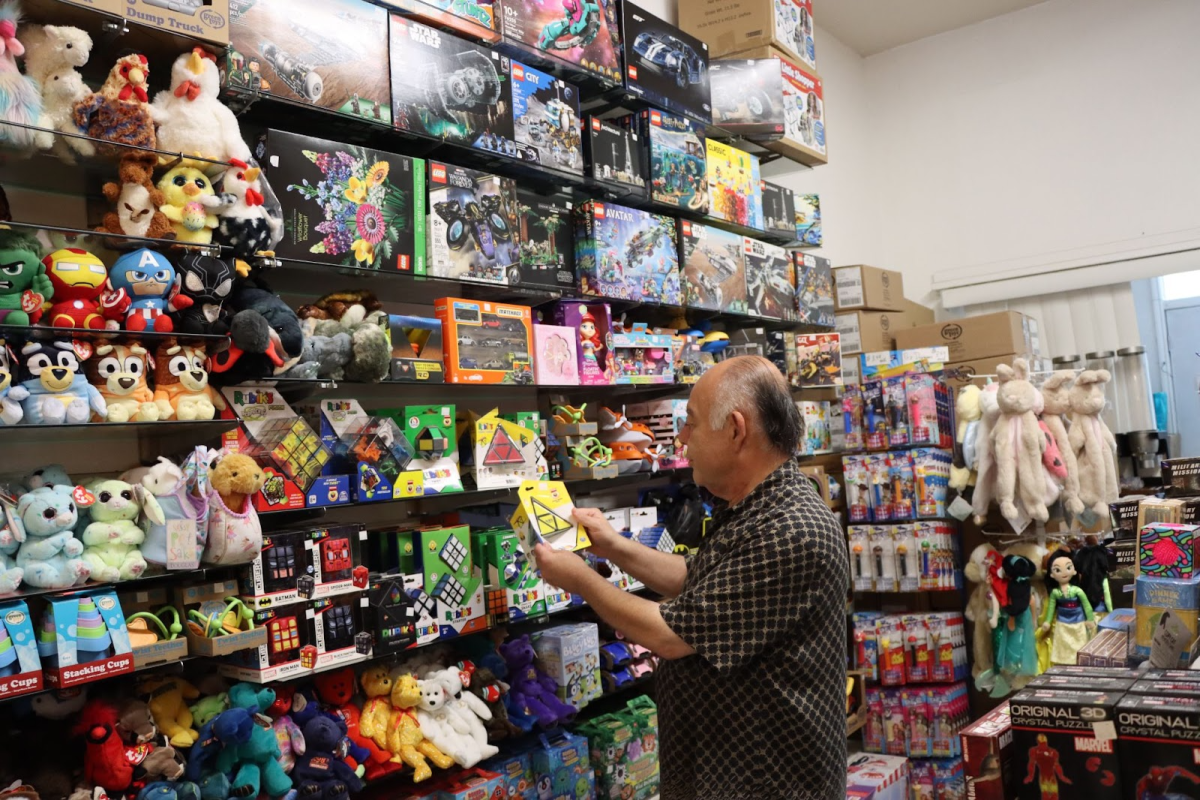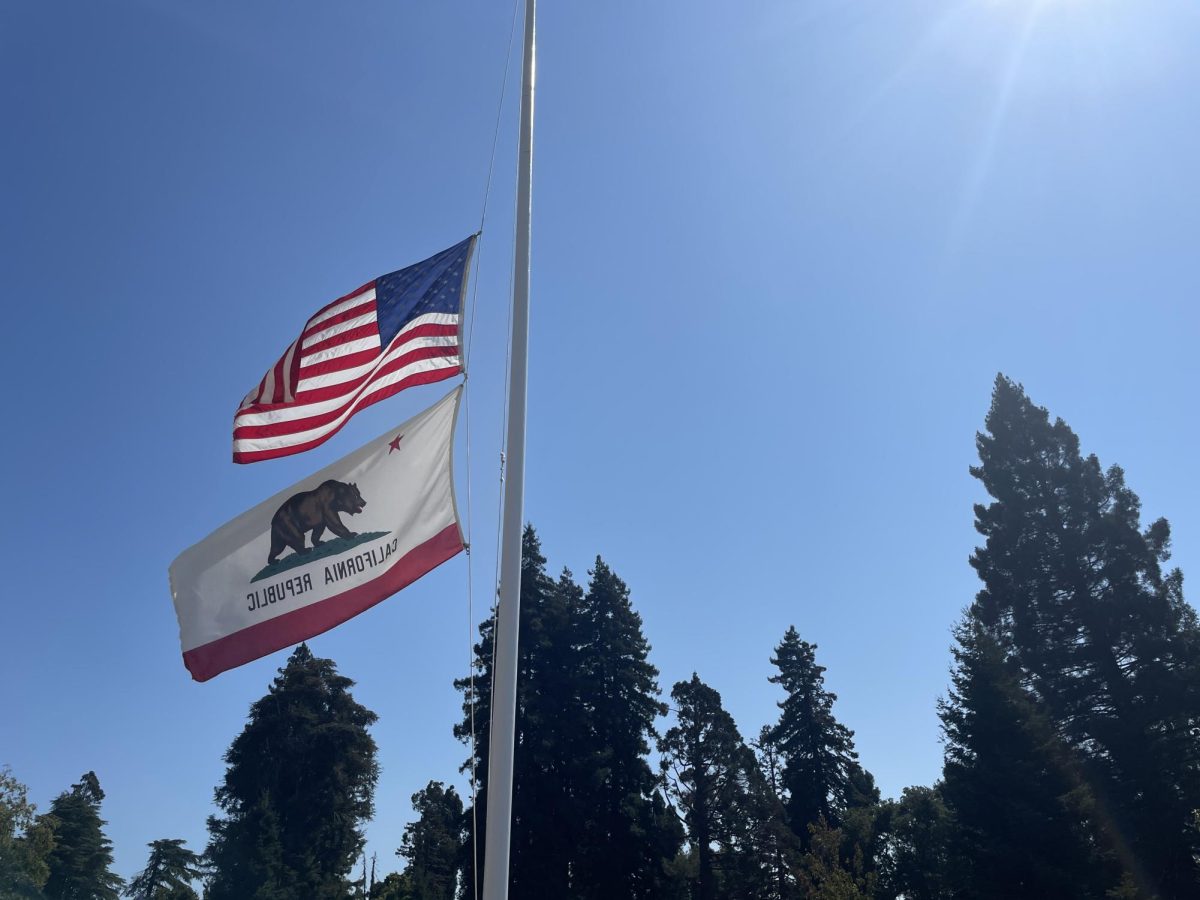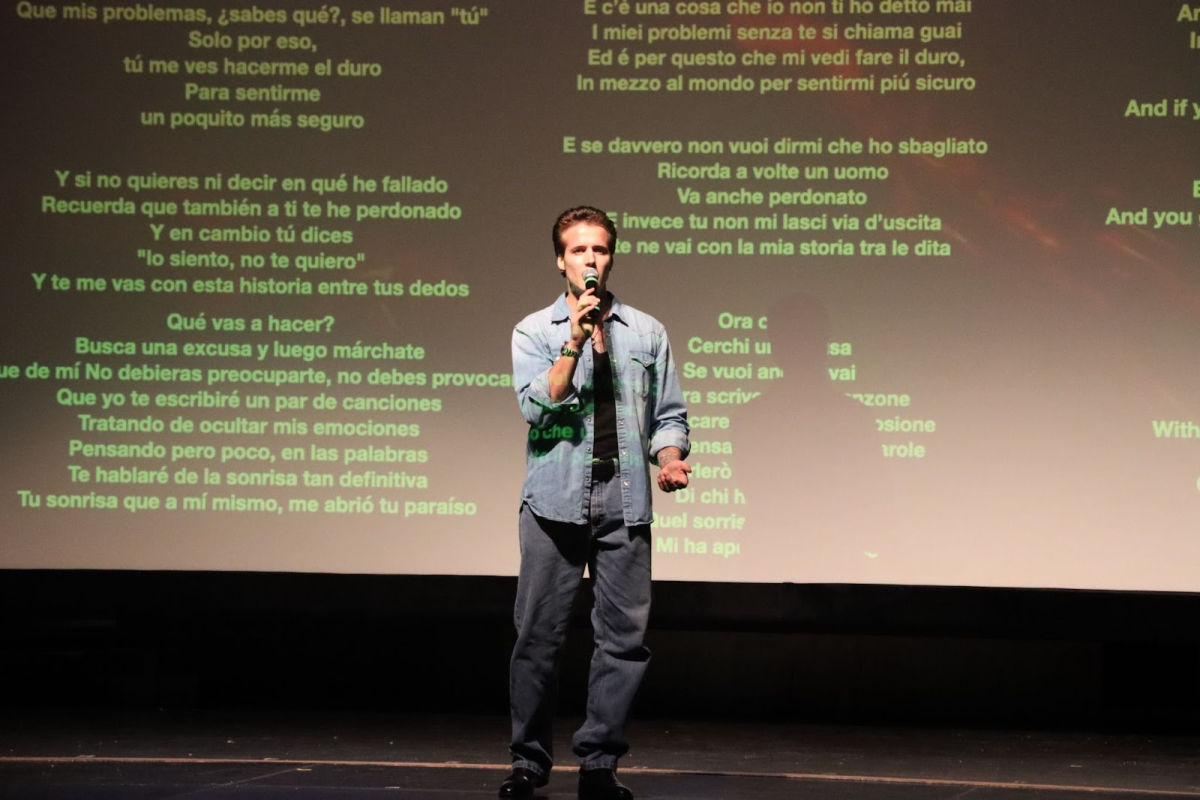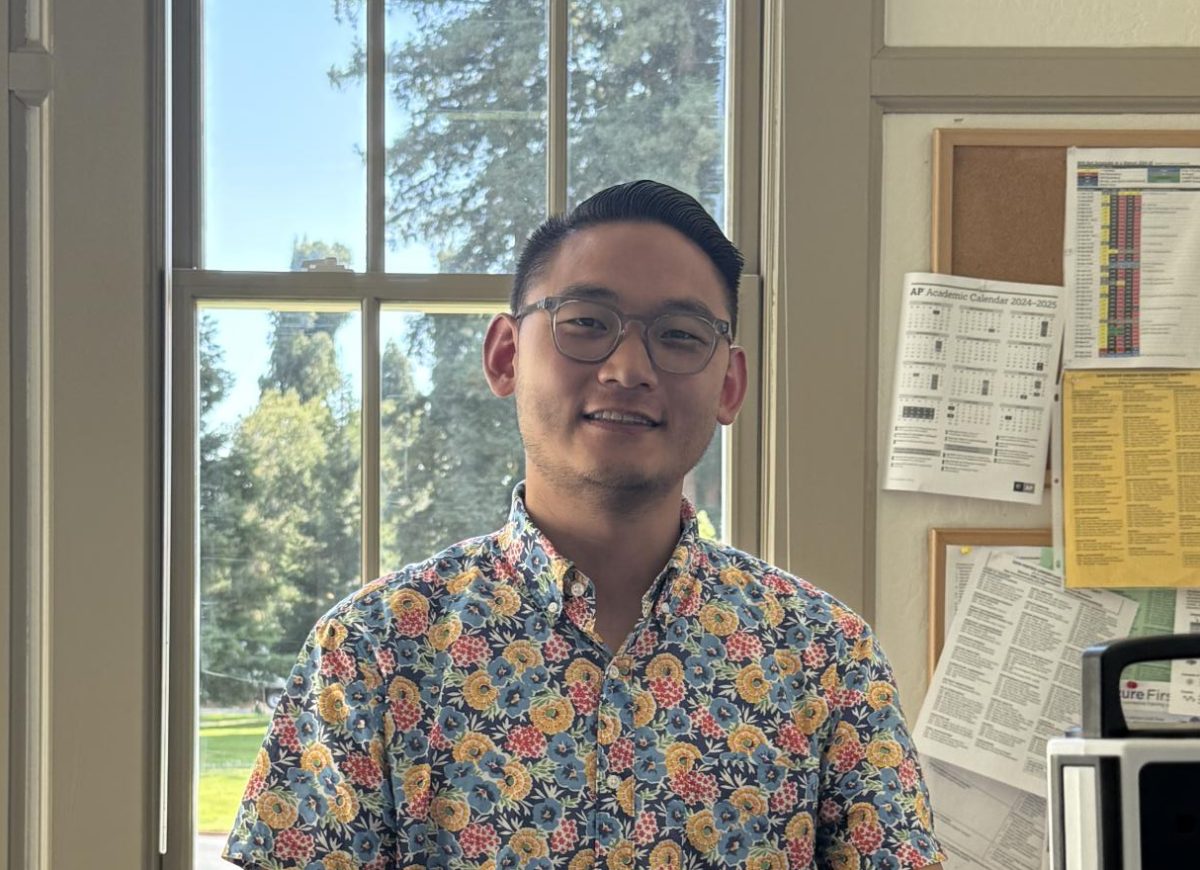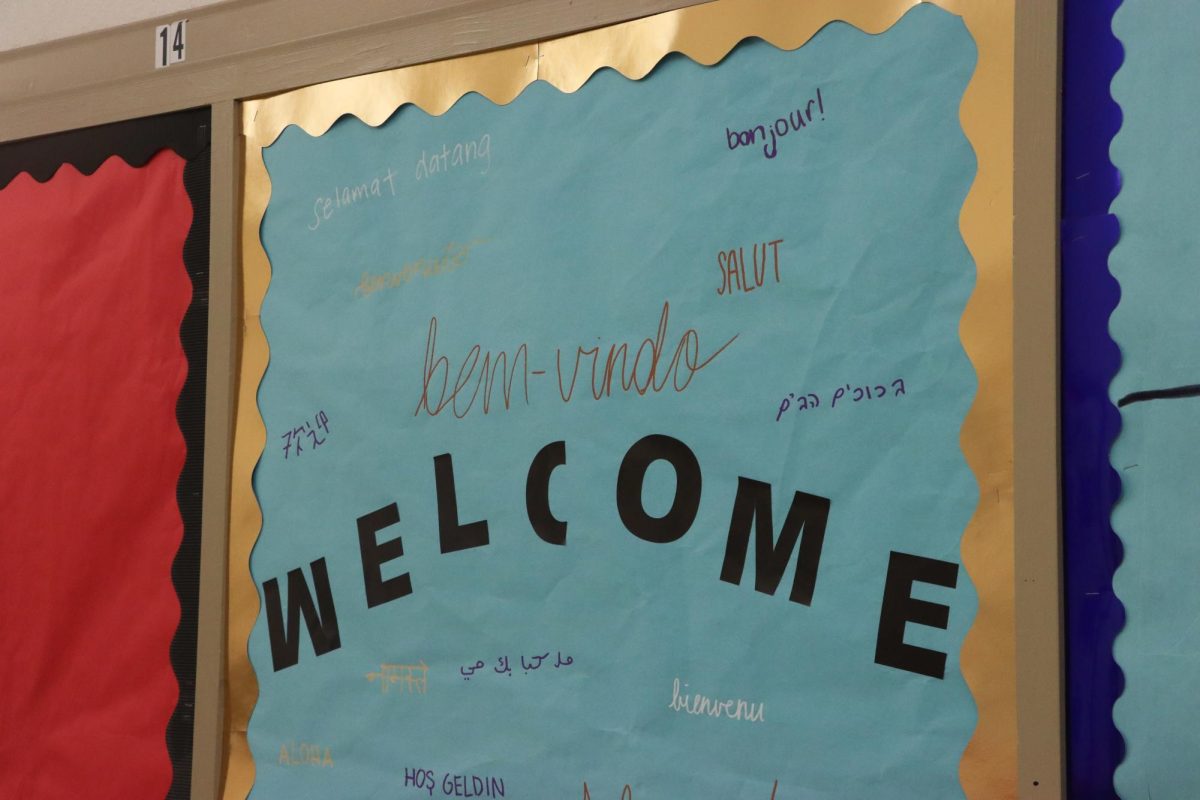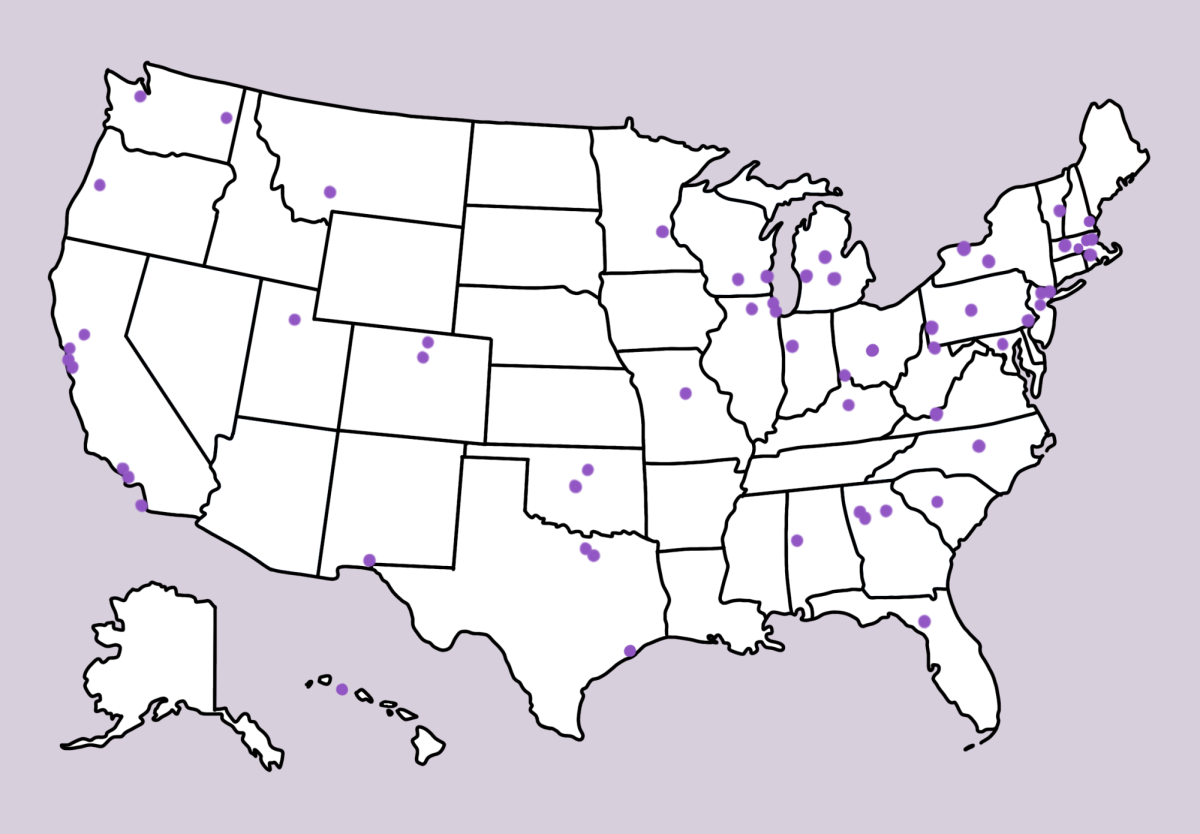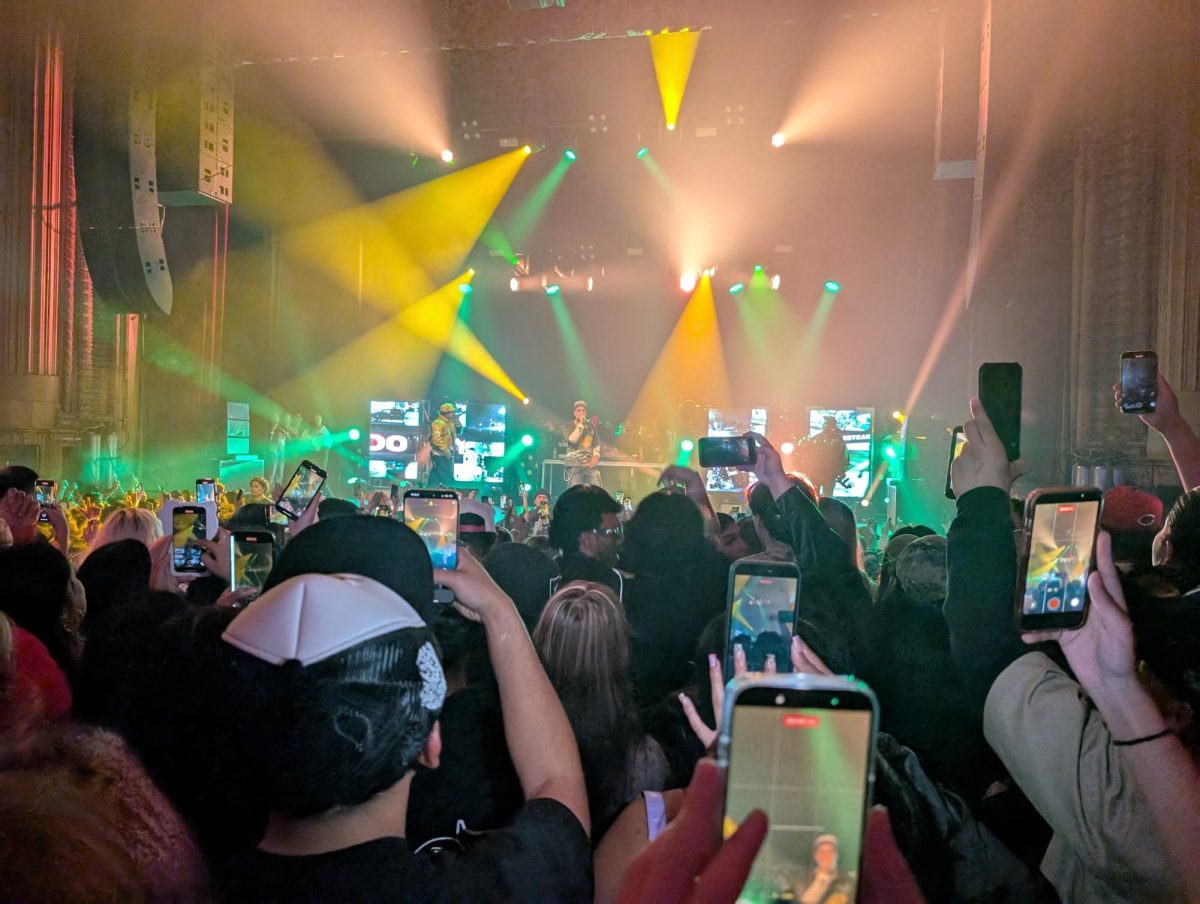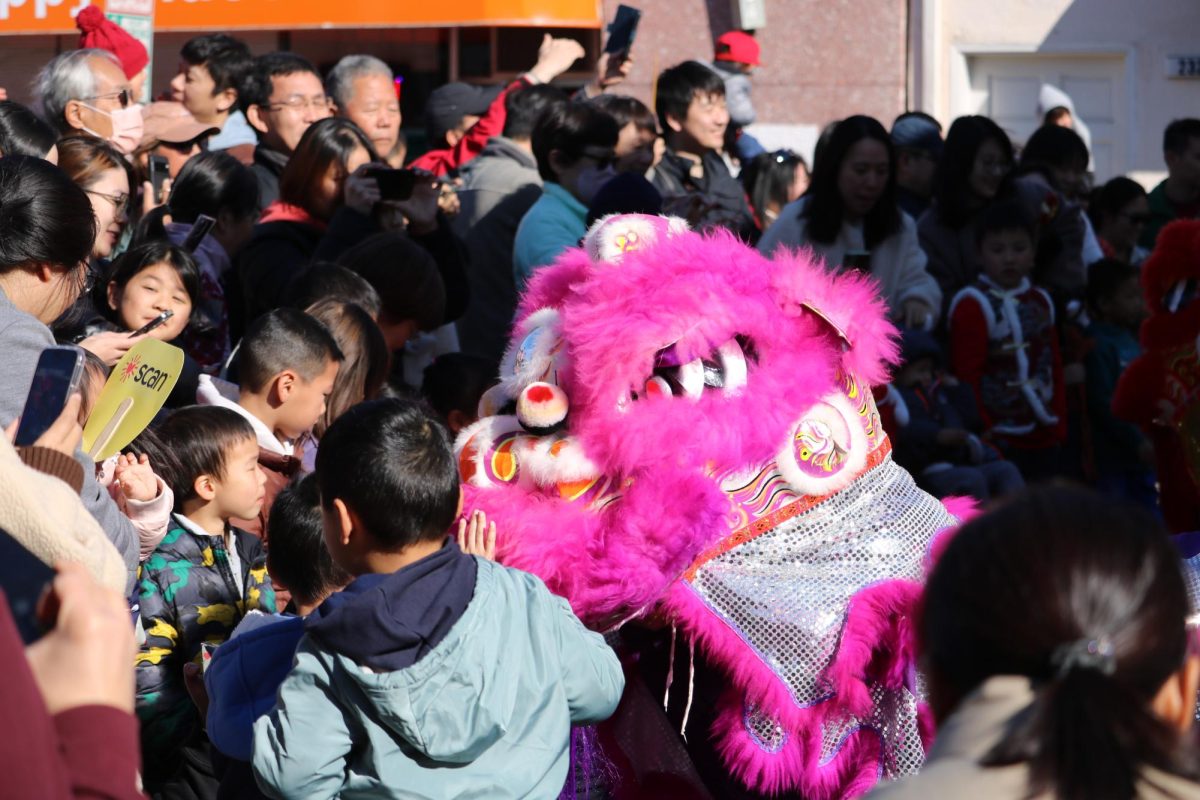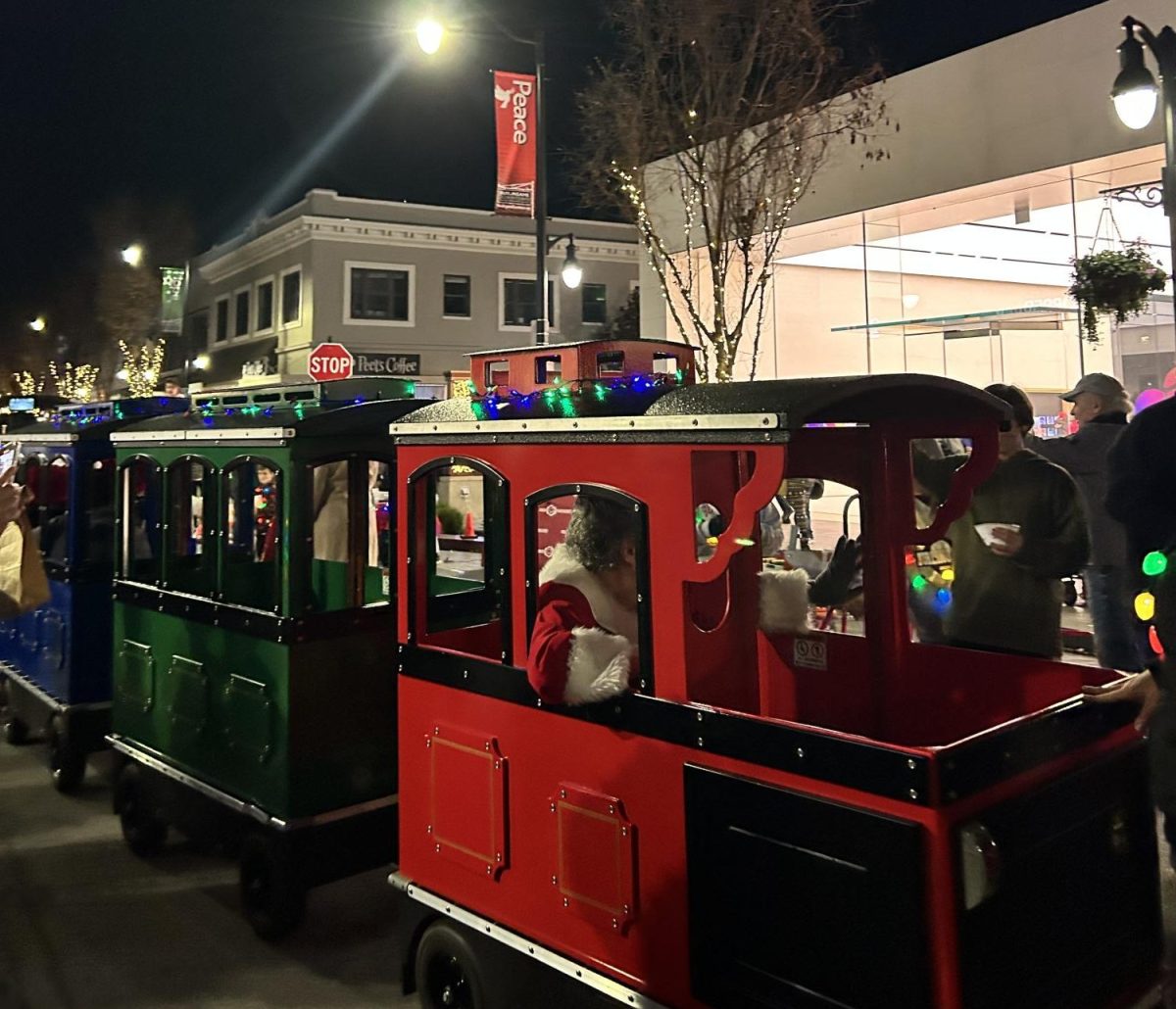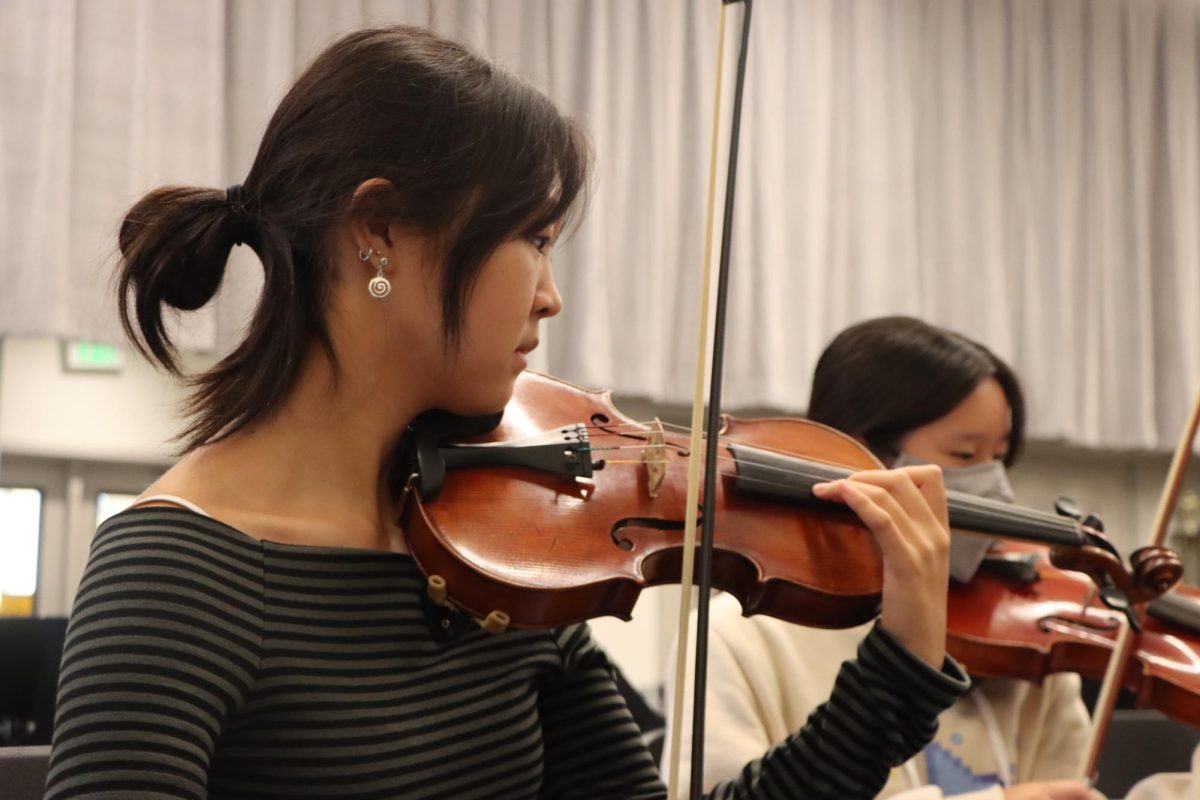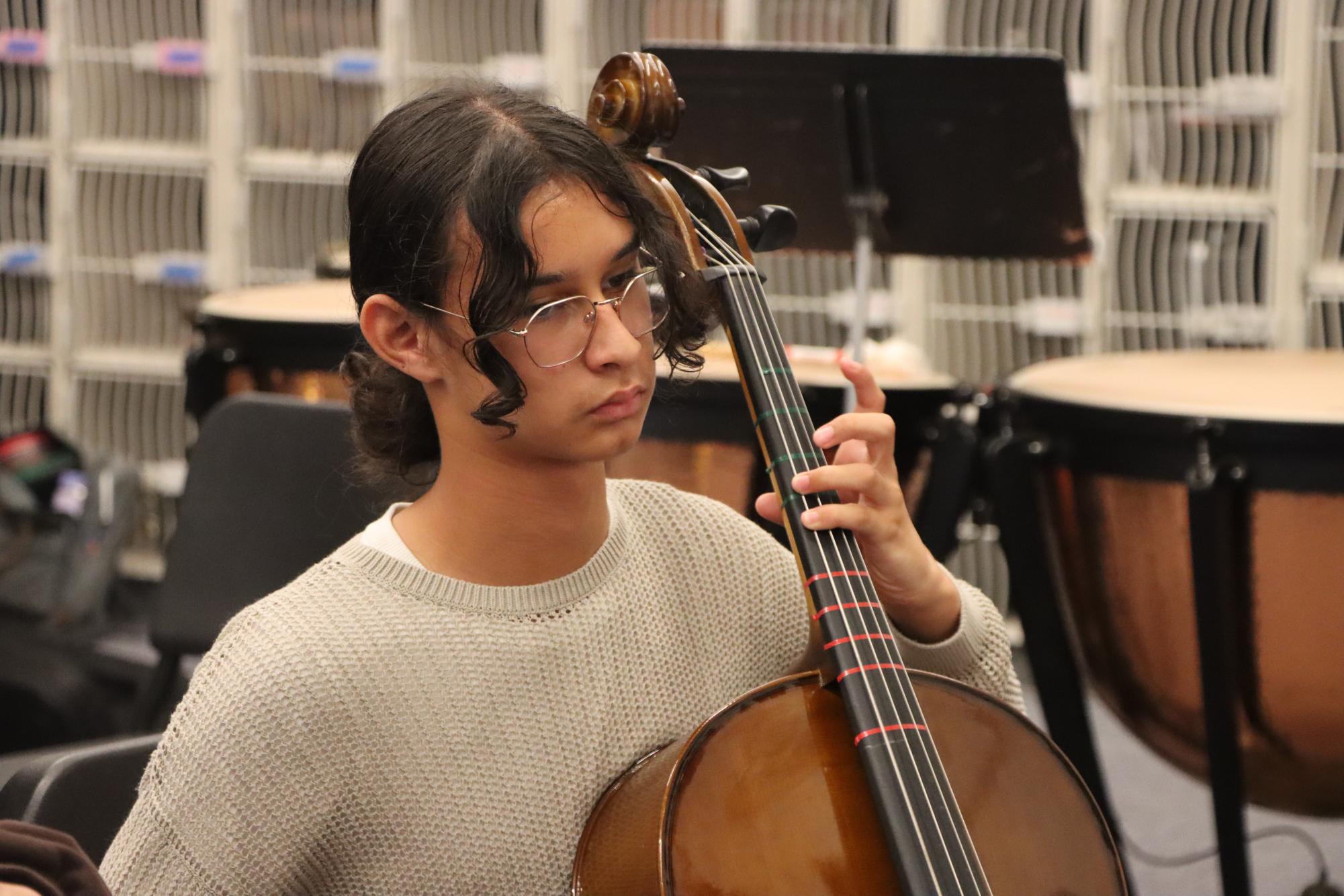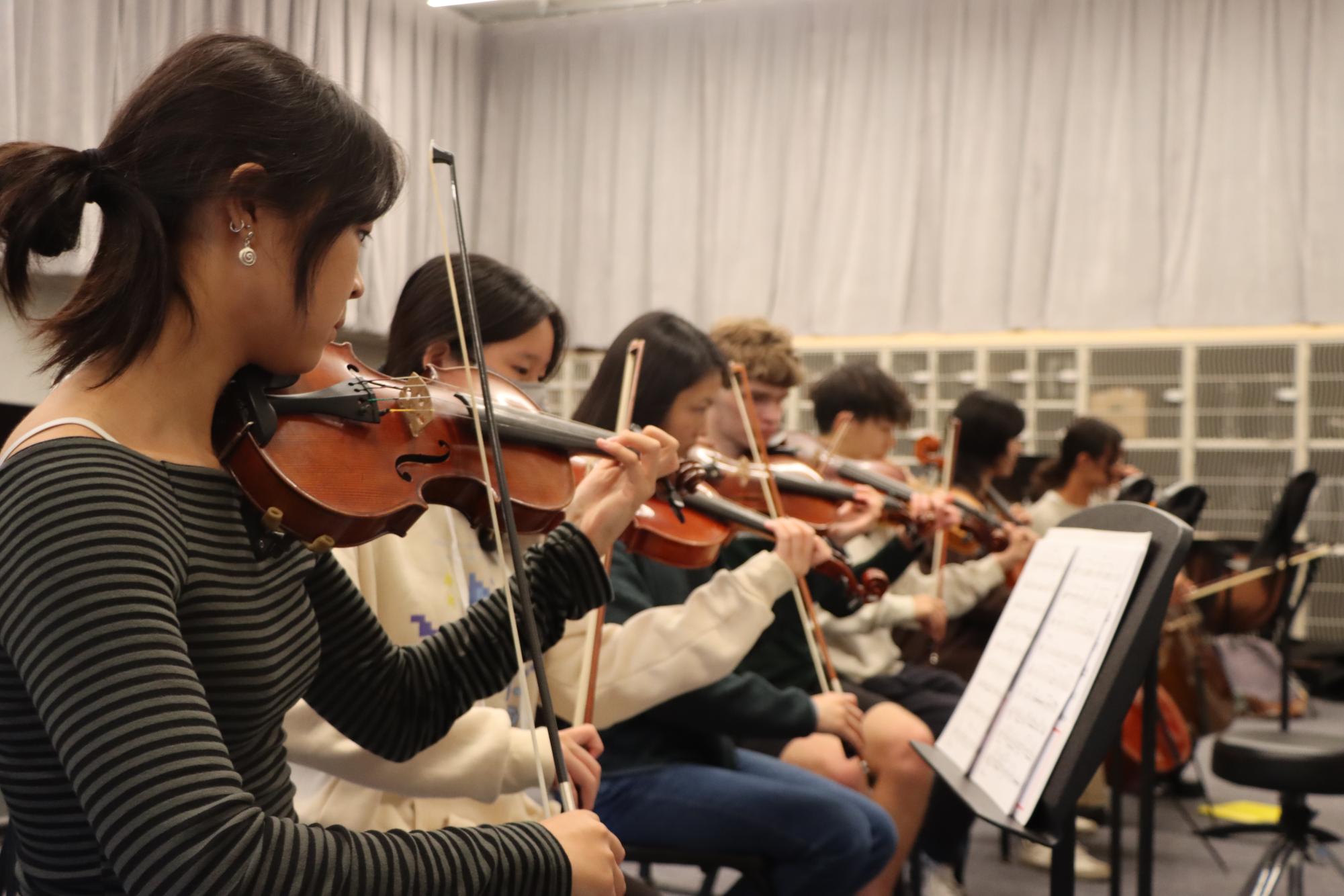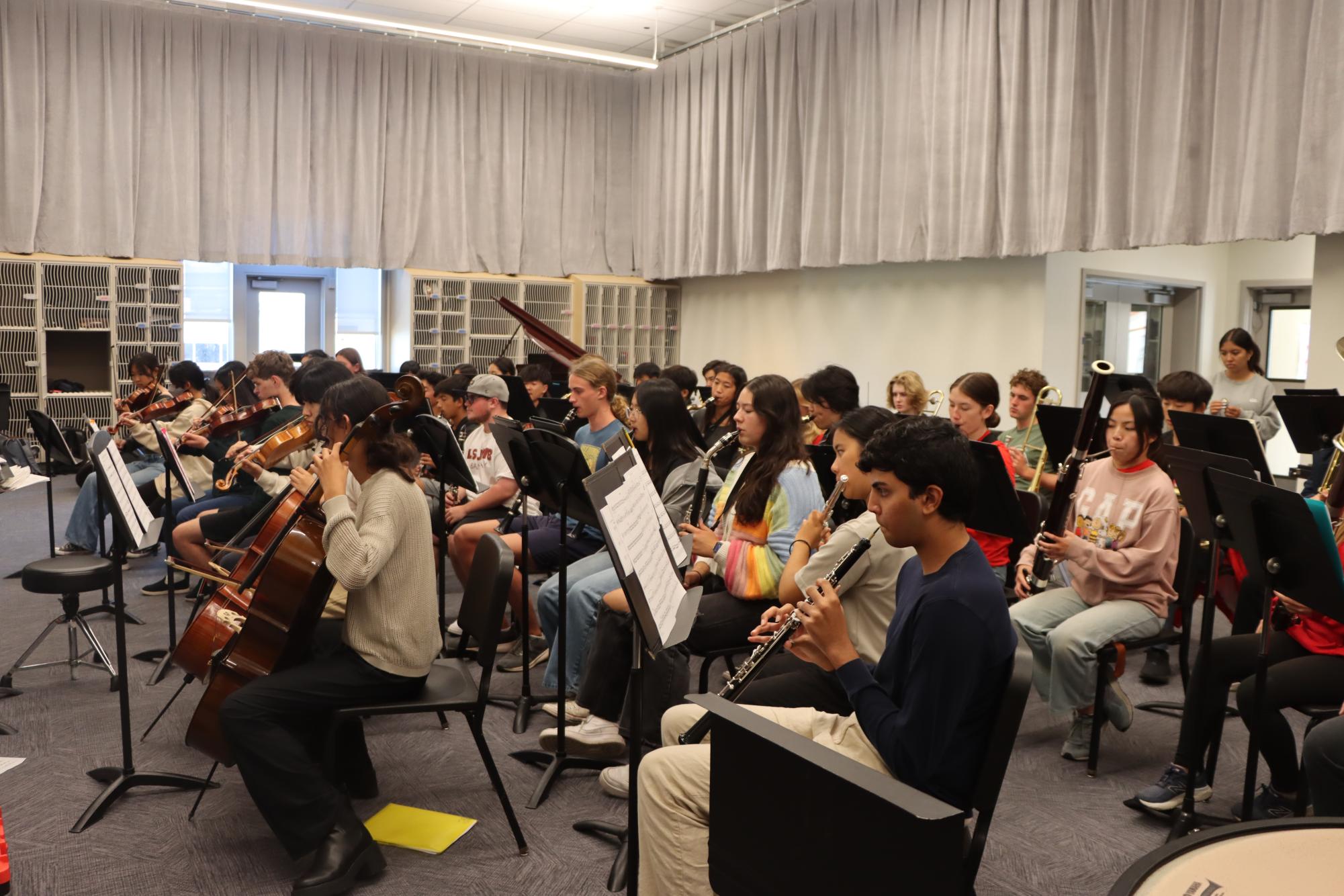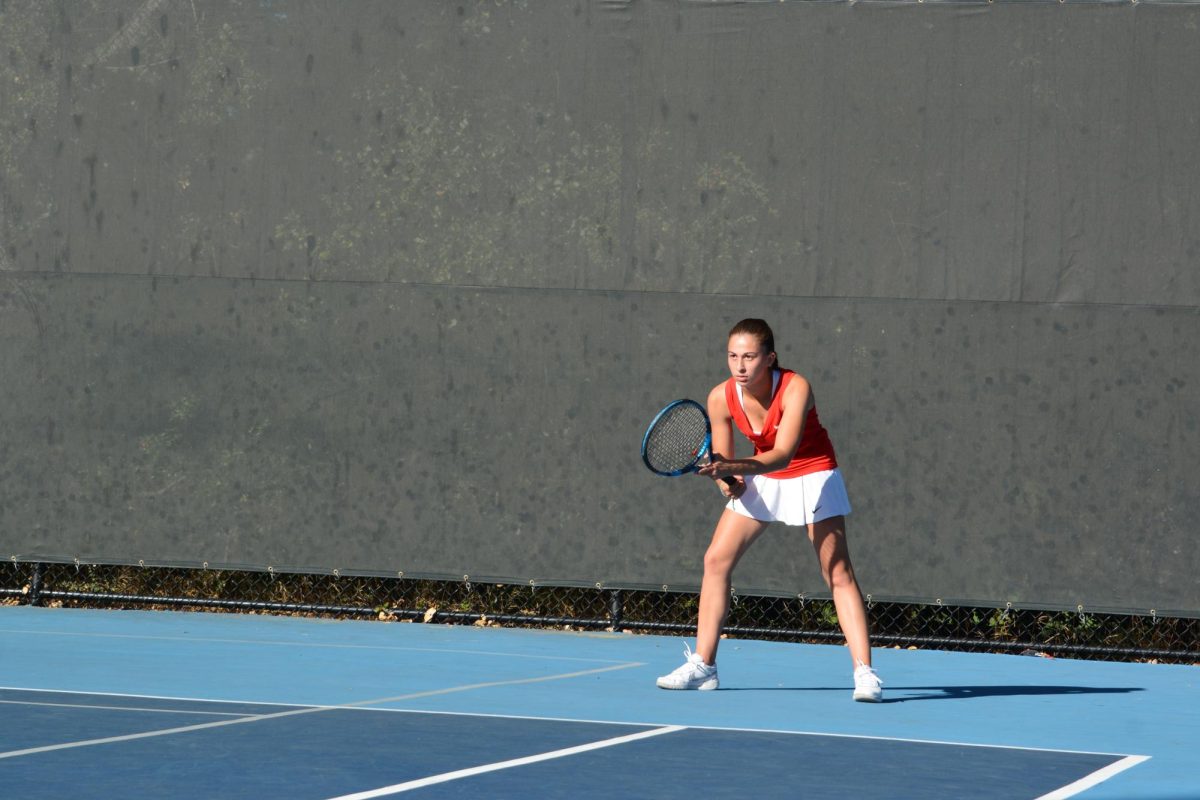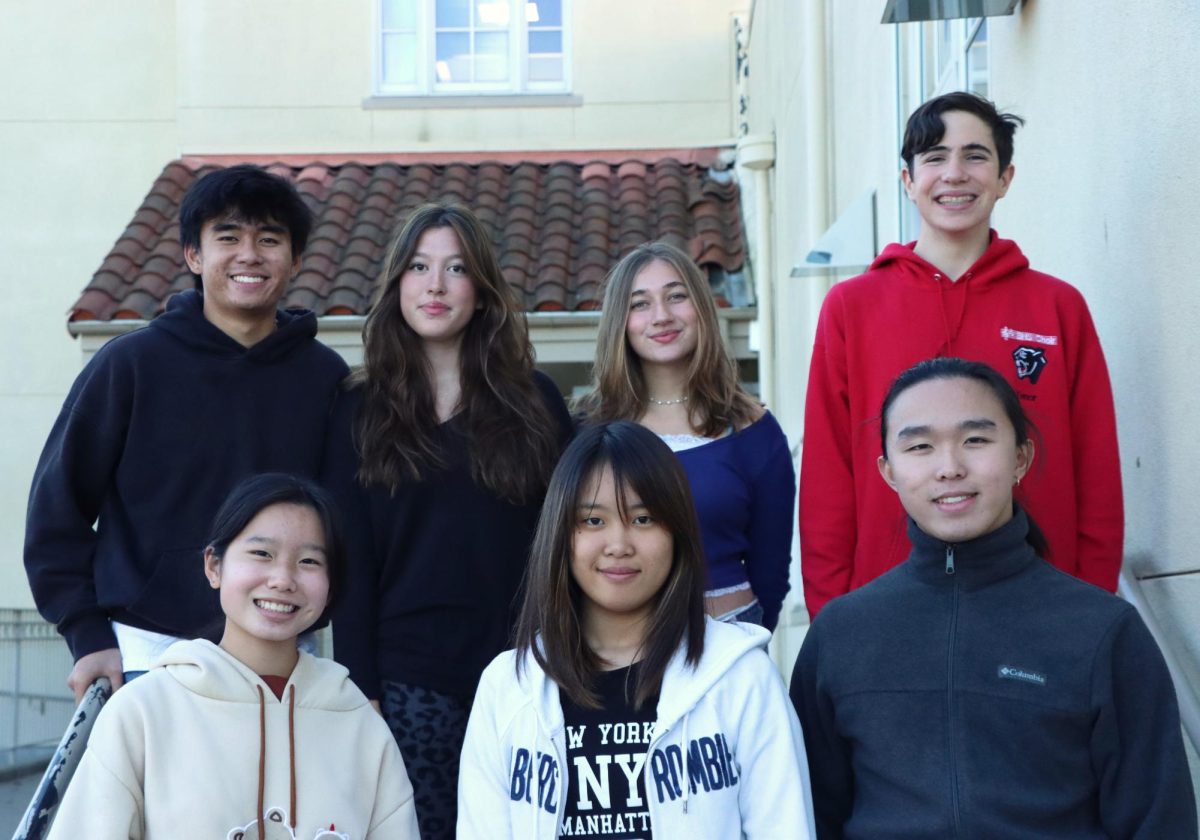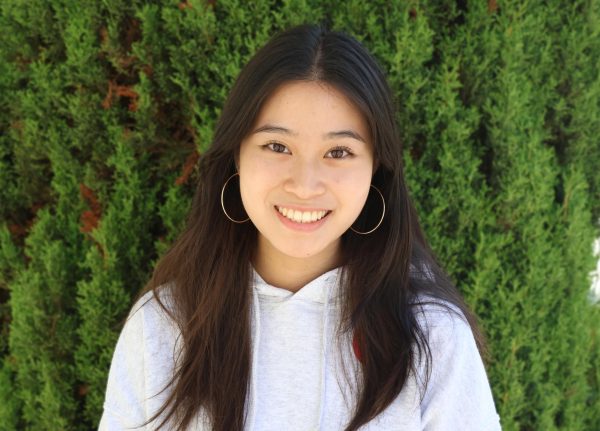Since the beginning of music director Kyoko Yamamoto’s career at Burlingame, she remembers reflecting on the existing music program and longing to direct a strings program. Six years later, with the support from her students and school administrators, she has finally been able to do so. For her, this was like a “dream come true.”
“I’ve been working on having a strings program added to the curriculum ever since I got here,” Yamamoto said. “It’s because I know all the other schools in the district have some sort of strings program [built into the curriculum], so I’ve been advocating for us to have that too. Before I taught here, I heard some students purposely transferring to other schools because of their music program, or because they had an existing strings program.”
This was the case for Yamamoto until last year, when recent graduate Gabriel Lin created the Strings Club and asked Yamamoto to serve as the advisor. Since then, a group of advanced string student players has gathered after school to practice a variety of pieces with the support of Yamamoto. Beyond rehearsals, the group performed at local nursing homes.
From that dedicated group of student musicians emerged the foundation of this year’s strings program — an advanced seven-member ensemble, each having earned a place through auditions. While small in number, most members have played their instruments since childhood and are already active in orchestras outside of school. For strings president and sophomore Sophia Chang, being a part of a school strings program has been both a rewarding and meaningful experience.
“I started playing the violin when I was really young, and so I really wanted a place to meet people and connect over music,” Chang said. “I look forward to having fun and getting to know the other members. I think it’ll be really fun to play together, and I’m excited to have more opportunities to perform as well.”
But it wasn’t easy fitting the strings program into Yamamoto’s already busy schedule. As a director of four existing ensembles — wind, jazz, concert band, and choir — Yamamoto ran into obstacles as she tried to dedicate one of her class periods solely to the strings program. She later decided to combine the wind ensemble with strings to create a symphony orchestra.
This became the solution until Yamamoto had to decide on the selection of music pieces for the combined ensembles. Currently, they have been working on several pieces including “Hoedown,” “The Syncopated Clock,” “Adventures on Earth,” from the movie, “E.T. the Extra Terrestrial,” and the two Italian aria pieces “Nessun Dorma,” and “O Mio Babbino Caro.”
Though Yamamoto’s time now needs to be divided between two ensembles in the same class period, she is pleasantly surprised by her students’ progression in the past two months.
“I think we’re self-sufficient and good musicians so we know what to do already,” sophomore and violist Ethan Li said. “Being a part of the strings program is a very good way to learn cooperation and teamwork skills, especially being in such a small ensemble, but each of us are like a part of a whole, and we all have a special part in that.”
For freshman and cellist Haruka Ota, being able to join the new strings program was something she looked forward to since she began high school. Because she was a part of Burlingame Intermediate School’s strings program for the past few years, Ota was excited to continue pursuing her interests at a high school level.
“I joined the orchestra here because it felt like somewhere I could belong,” Ota said. “Since it is a class [made up of mixed grade levels], I got to meet a lot of upperclassmen and make many new friends as well, which helped me build a sense of community here.”
While Yamamoto is still on the lookout for a strings coach, she reflects on her pride for a small yet mighty ensemble.
“When I listen to the string players, as chaotic as it is with the wind ensemble playing behind them, I feel that they are gaining something incredibly powerful by being a part of something bigger,” Yamamoto said. “I do think the string players are pushing themselves very hard, and I see a passion in these students that I don’t usually see when I personally perform with other string players. I’ve never seen string players play so passionately as a group, and it brings me so much happiness.”



